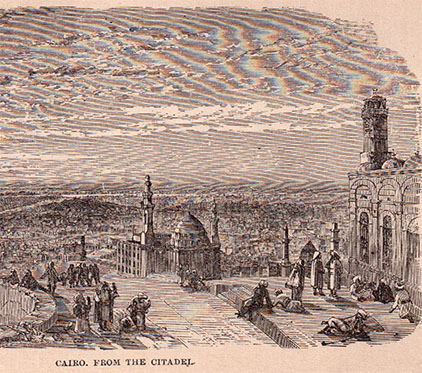
In a previous post I continued a thread on a 19th century Bible Lands text by Rev. Frank S. DeHaas. Now it is on to a description of Egypt around 1880…

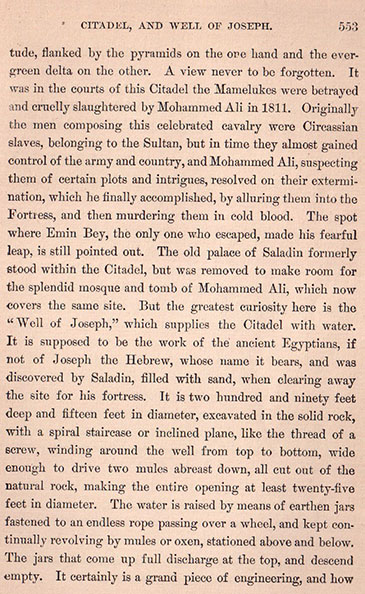

In a previous post I continued a thread on a 19th century Bible Lands text by Rev. Frank S. DeHaas. Now it is on to a description of Egypt around 1880…


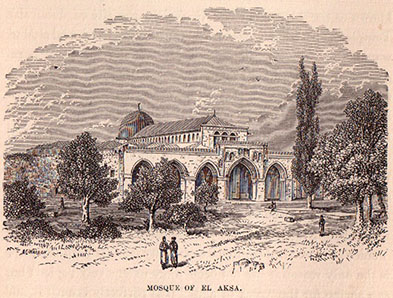
In a previous post I continued a thread on a 19th century Bible Lands text by Rev. Frank S. DeHaas. Now it is on to Jerusalem, holiest of the holiest places for this Protestant pilgrim. Yet again he has a hard time seeing past the poverty and destruction. But then he is consoled by the fact that such ruin was all according to prophecy. Unfortunately for a century more than this book, facts are indeed stubborn things and the artifacts DeHaas thought so compelling turn out not to be very factual.
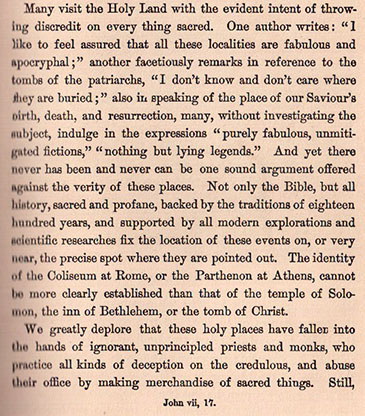
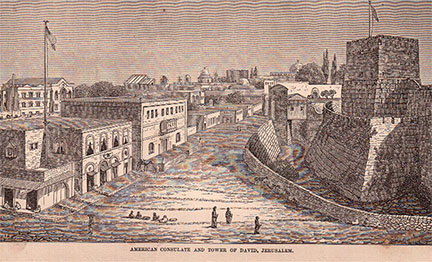
In a previous post I began a thread on a 19th century Bible Lands text by Rev. Frank S. DeHaas. This is a typical devout travel account for an American audience by an author who served both a political and religious role. The frontispiece shows the American consulate opposite the Old City wall, shades to come of where the American Embassy might locate if Romney is elected President in November.
Here is his Introduction…
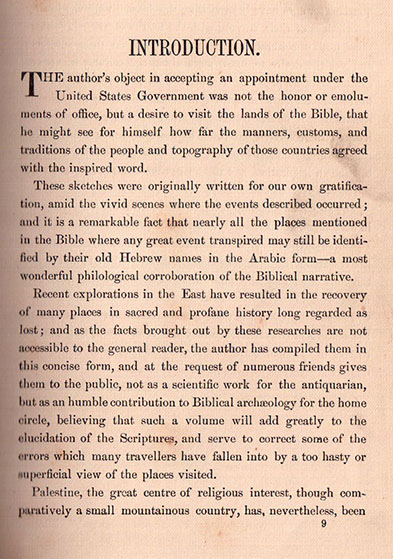
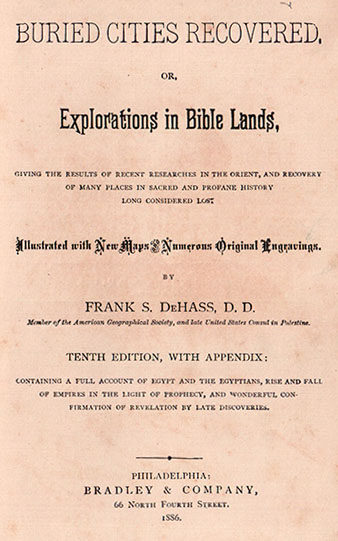
During the 19th century there was a flourishing genre of “Explorations in the Bible Lands.” As the geography and archaeology of the Holy Land came to light, often with only a modicum of scientific investigation, books flooded the market on how the remains and customs in this area were bringing the Bible to life for Protestants in England and America. Despite Mark Twain’s biting satire of the genre in his Innocents Abroad, the Bible Lands books piled on. One of these is Buried Cities Recovered by the Rev. Frank S. DeHass, who was appointed U.S. Consul to Palestine, where he lived for a considerable period. This was first published in 1882 and was in its 10th edition only two years later. The small print at the bottom of the title page says it all: “CONTAINING A FULL ACCOUNT OF EGYPT AND THE EGYPTIANS, RISE AND FALL OF EMPIRES IN THE LIGHT OF PROPHECY, AND WONDERFUL CONFIRMATION OF REVELATION BY LATE DISCOVERIES.” Such was the enthusiasm of Bible enthusiasts of the late 19th century.
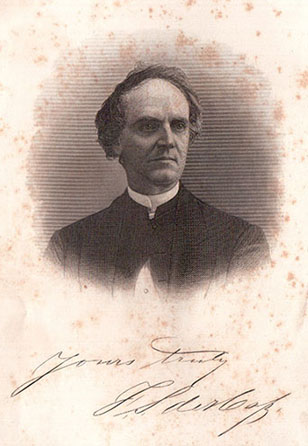
The dedication of the book, reproduced below, is quite flowerly and hardly leaves anyone out, except perhaps the emerging higher critics of the Bible at the time.

to be continued
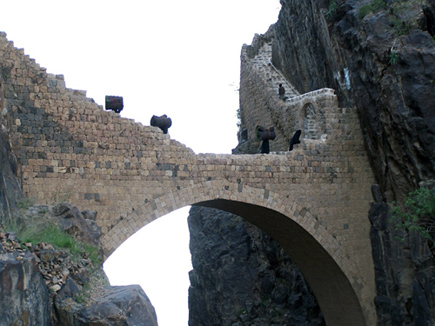
Among the architectural marvels of highland Yemen is the breathtaking bridge at Shahara. For more pictures of the bridge, click here and here.
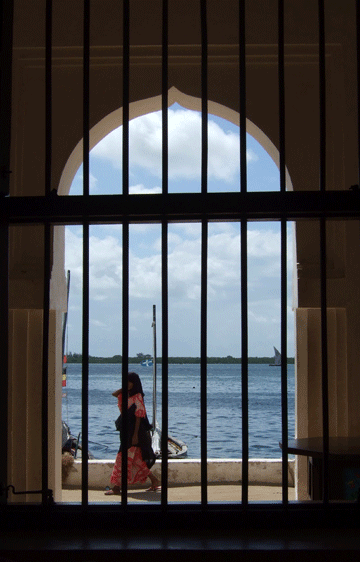
Lamu; Photograph by Daniel Martin Varisco
by Irena Knehtl, Yemen Post, April 15, 2012
One of the city-states founded by Yemeni Hadhrami Arabs was Lamu, an island off the present Kenyan coast, a world heritage site
Throughout its history Yemen has been a seafaring nation, famed for boat building and its mariners navigation skills. While the Yemeni sailors harnessed the monsoon winds to reach distant ports, inland its farmers harnessed water to develop life-sustaining agriculture adopting to a harsh and often formidable environment.
Archaeologists are still investigating these long gone civilizations that have played a major role in transforming global history. These ancient civilizations introduced deep-sea sailing vessels capable of long distance travel and trade. At this time writing, banking, shareholding were established and developed societies were formed for perhaps the first time over.
Linen, cotton, wool and metal were taken to China, where cargoes of silk, camphor, musk, spice were exchanged and Yemen acquired ceramics. Southern Arabia was on cross roads on the trade routes between China and India to the East, and the Red Sea and East Africa to the southwest providing merchants with a huge and lucrative markets. One of the city-states founded by Yemeni Hadhrami Arab travelers was located on the island just off the northern coast of present day Kenya called Lamu. Continue reading Habari Ya Lamu, the Story of Lamu

http://www.free-syria.com/
The constant news about fighting and violence in Yemen obscures the extraordinary beauty in the country. Here is a short video with spectacular views, the pristine nature being sold somewhat soiled by the appearance of tourists. If you ignore this aspect, especially the rather distorted account of tourism amenities, it is worth watching.
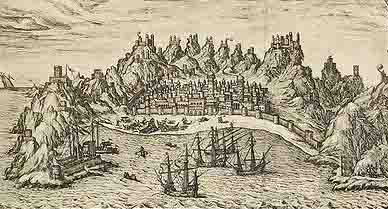
Sailing Seasons in the Red Sea and Indian Ocean:
The View from Rasulid (13th-14th Centuries) Aden
by Daniel Martin Varisco
[This is a lecture presented at the Red Sea Trade and Travel Study Day of the Society for Arabian Studies at the British Museum, October 5, 2002, and subsequently published in Yemen Update. For Part 1, click here; for Part 2, click here.]
Thursday, 15 Sha‘ban, 691, August 1, 1292
We are now but a day’s sail away from safe haven in Aden, if God wills and the wind does not cease to obey his commands. It has been a good journey thus far. No major storms or pirates, though we did see a shipwreck on the reefs south of the Farasan Islands. Our pilot, praise God, knows his way over the shoals, even if blindfolded, I think. In the morning we took aboard some fresh water at al-‘Ara, after coursing around the tip at Bab al-Mandab and leaving Bahr al-Qulzum. After my noon prayer, when the sun beat down so mercilessly and I was sorely tempted to jump into the water with all my clothes on, I suddenly remembered that this was the midpoint of Sha‘ban with only two weeks left until the holy fasting month. Today is the anniversary of the day the Prophet, peace be upon him, was instructed to make Mecca the qibla rather than Jerusalem. God willing, I will make the pilgrimage in the coming year. Even thinking of the well of Zamzam made the warm water in the fantash all the more sweeter.
As night fell, I remembered an earlier trip, when a tormenting monsoon tore our sail and nearly capsized the ship as we departed Zayla‘ for Bab al-Mandab. These were the ‘awasif winds, fouling us with the stench that only Iblis breaking wind could send. That turning point is a dangerous point. An old sailor on board, who has often traveled along the African coast from Mogadishu, told me that only ships like our jalba can make the passage safely; no boat with iron nails could sail past, for God, our Protector, has ordained a magnetic mountain to attract hand-wrought nails and split an intruding vessel asunder. But only the infidel Christians defy nature with such innovations. May God protect the holy cities from the ravenous appetites of crusader cannibals. Continue reading Travels with Ibn al-Mujabbir #3